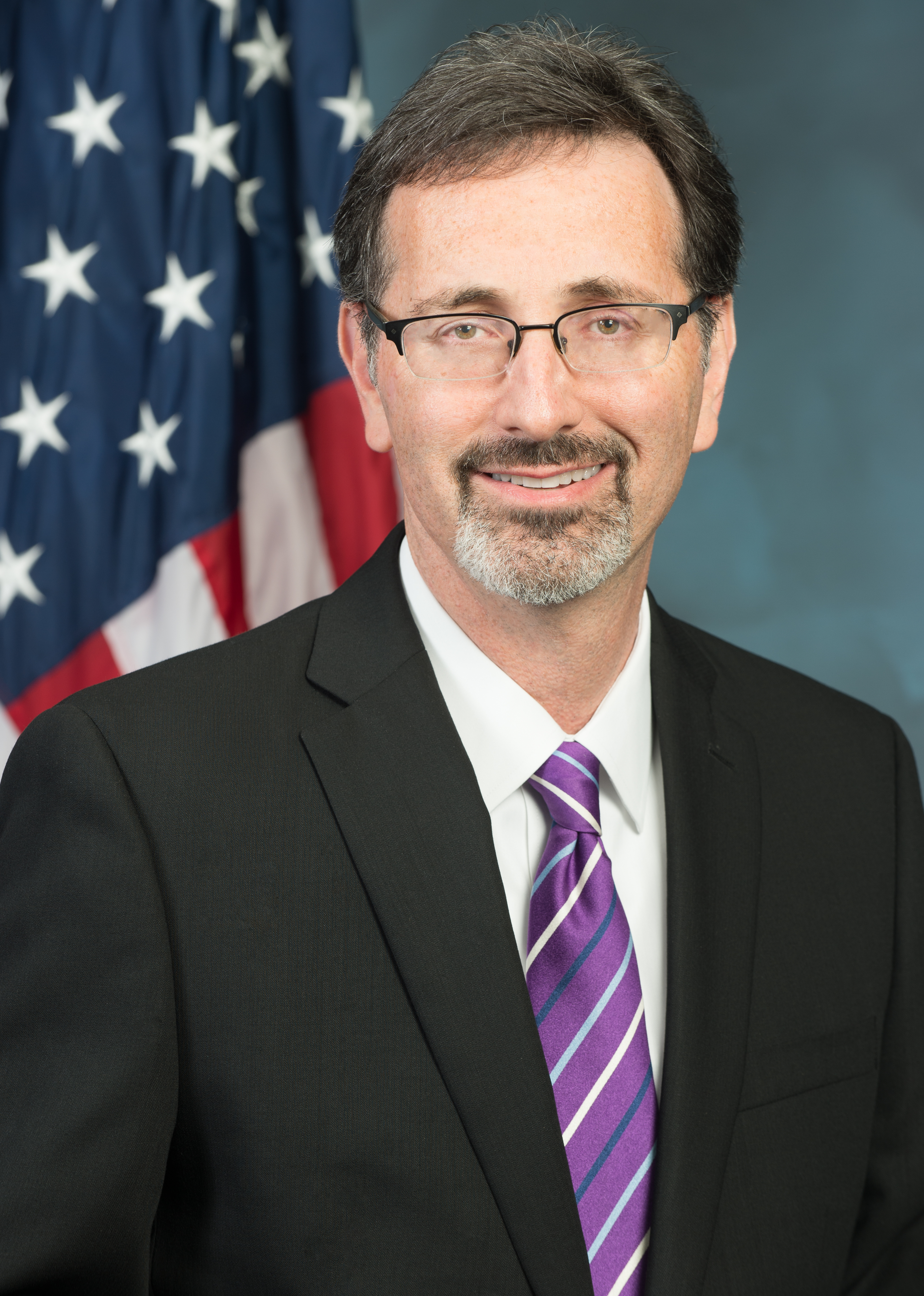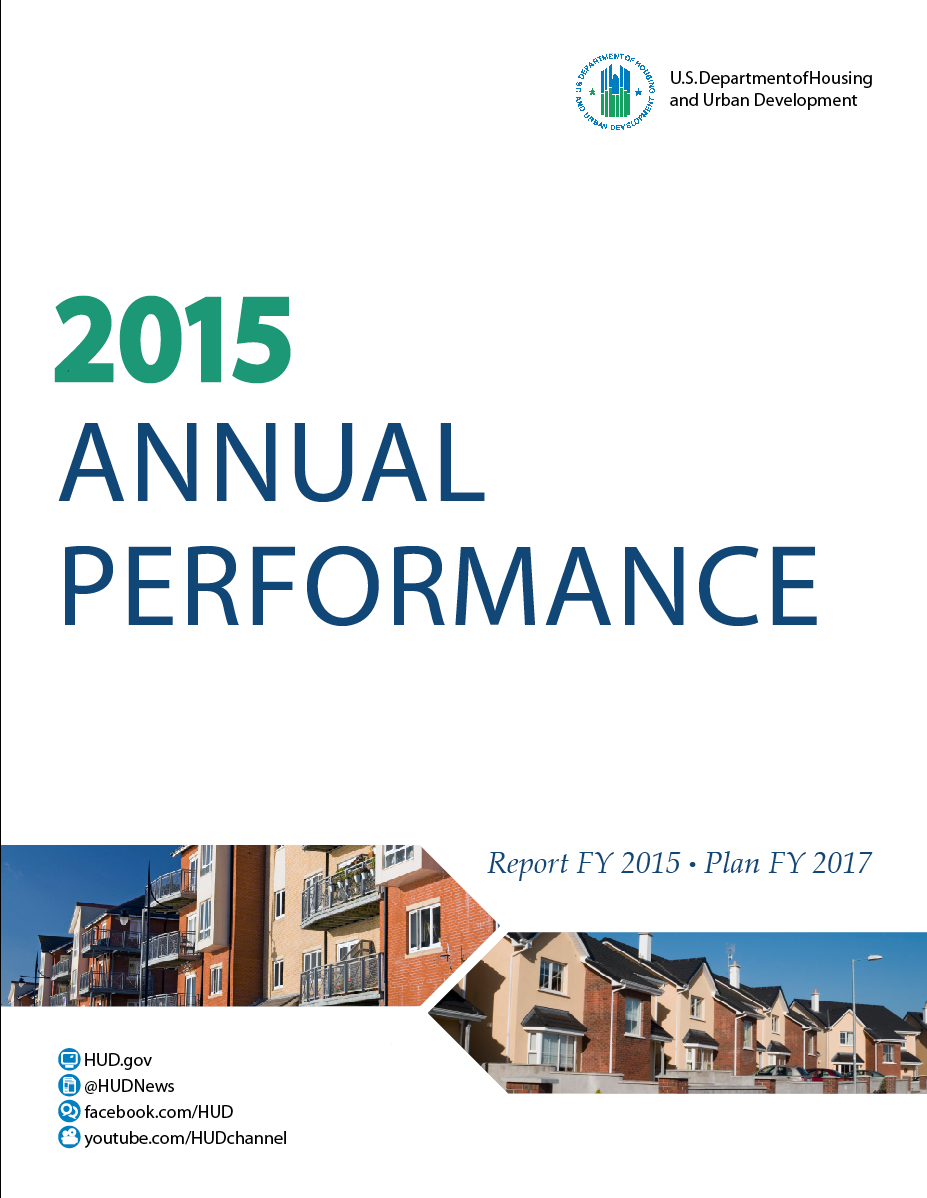- Home
- Agencies
- Department of Agriculture
- Department of Housing and Urban Development
- General Services Administration
- Department of Commerce
- Department of the Interior
- National Aeronautics and Space Administration
- Department of Defense
- Department of Justice
- National Science Foundation
- Department of Education
- Department of Labor
- Office of Personnel Management
- Department of Energy
- Department of State
- Small Business Administration
- Environmental Protection Agency
- Department of Transportation
- Social Security Administration
- Department of Health and Human Services
- Department of the Treasury
- U.S. Agency for International Development
- Department of Homeland Security
- Department of Veterans Affairs
- Goals
- Initiatives
- Programs
Primary tabs
Key to Changes
This text is Revised text
This word has been added to the text
This text is Last Published text
This word has been removed from the text
Modifed styling with no visual changes
FY 16-17: Agency Priority Goal
Expand in-home adoption of high-speed internet
Priority Goal
Goal Overview
ConnectHome is a demonstration program aimed at narrowing the digital divide in 28 communities across the nation. It offers a platform for collaboration among the federal government, local governments, public housing agencies, Internet service providers, philanthropic foundations, nonprofit organizations, and other stakeholders to develop and implement local solutions. Through ConnectHome, many HUD-assisted residents have access to free or substantially discounted high-speed Internet access in their homes, as well as the resources and training they need to take advantage of this access. The program is particularly focused on narrowing the “homework gap” by enabling school-age children to access the Internet at home.
Strategies
In order to achieve success, this program will be deploying the following strategies:
- Encouraging demonstration sites to work with local partners such as non-profits and local government officials to bring the necessary resources to create a comprehensive digital inclusion program.
- Empowering residents to take full advantage of high-speed Internet by connecting them to localized, free, and culturally sensitive training in essential digital literacy skills that will allow them to effectively utilize high-speed Internet.
- Making high-speed Internet adoption sustainable by working with HUD’s nonprofit partners, EveryoneOn and US Ignite, to leverage corporate philanthropy and provide devices and technical support to our residents.
Progress Update
Since launching last year, the ConnectHome initiative has made great strides increasing residents’ access to high-speed Internet in the 28 pilot communities. Two Internet Service Providers (ISPs), Comcast and Cox, enhanced their low-cost Internet offers by expanding eligibility to include any household that receives HUD assistance. Additionally, AT&T signed on as a national stakeholder to support this effort. T-Mobile, while not an official ConnectHome stakeholder, provided valuable resources in several ConnectHome communities. ConnectHome stakeholders sign agreements to provide their services uniformly to all PHAs within their footprint and commit to offering specific resources. HUD headquarters and regional staff have worked closely with PHAs, ISPs, and HUD's two nonprofit partners in this endeavor, EveryoneOn and US Ignite, as well as a wide variety of "enrollment" and "corporate partners" to address the primary barriers to adoption: cost, access, and training. Enrollment partners are school districts, nonprofits, and other community partners who may benefit from low-cost internet service and devices. Corporate partners help provide hardware, software, and training. Pilot sites have worked with national and local partners and ISP stakeholders to host resident sign-up events, connect residents to free or low-cost Internet offers, provide digital literacy training and distribute free or low-cost devices. As of September 30, 2016, an estimated 7,400 HUD-assisted households in these pilot communities have gained access to new[1] high-speed Internet service through ConnectHome, including approximately 4,500 households with kindergarten through 12th grade (K-12) residents. This represents a 15-20% reduction in the number of estimated unconnected K-12 households in public housing in the pilot communities.
Though there have been many successes, the initiative faced challenges which led to a lower number of connections than was originally projected. Several factors contributed to this outcome. In some cases, sites had proposed methods that were either too costly (e.g. infrastructure spending) or turned out to be impractical (working with an organization that did not share the same vision). Nevertheless, all sites have made progress with momentum picking up in the latter part of the fiscal year. In fact, during the last two months of FY 2016, new high-speed Internet connections for households with K-12 residents in public housing increased by over 60 percent.This momentum will be carried into FY 2017 as HUD continues to bring new resources to the pilot communities. Resources will include technical assistance through a third-party provider, new ConnectHome stakeholders, and new affordability opportunities, such as FCC’s Lifeline Program, a $9.25 high-speed Internet subsidy open to all HUD-assisted households. The Lifeline program launched in December 2016.
During FY 2016, HUD also worked to support future connectivity in HUD developments by developing two rules supporting high speed Internet connectivity. One rule will require HUD-funded new residential construction and substantial rehabilitation projects to install infrastructure that would allow high-speed Internet connectivity. Another rule will integrate high-speed Internet feasibility and needs assessment into HUD’s Consolidated Planning process. These rules completed a public comment period and are being reviewed by OMB
[1] “Newly connected” means gaining free or low-cost high-speed Internet at home through ConnectHome. These numbers may include some households that were previously connected or, in a few cases, that are not in public housing
Next Steps
2/29/2016: 1) Begin rulemaking that requires HUD-funded new residential construction and substantial rehabilitation projects to support high-speed Internet connectivity in each housing unit. 2) Begin rulemaking to integrate high-speed Internet feasibility and needs assessment as a component of the Consolidated Planning process, which serves as a framework for a community-wide dialogue to identify housing and municipal development priorities.
Achieved in May 2016. Both rules are currently under review by OMB and HUD is hopeful that the final rules will be published by the end of the calendar year.
12/31/16: Supply guidance and share best practices with Office of Community Planning and Development (CPD) and Office of Native American Programs (ONAP) grantees on how to use existing HUD funding to support high-speed internet connectivity.
Achieved by February 2016. In February, ONAP issued guidance to grantees about how its funding programs could be used to support broadband projects on tribal lands. Guidance on the use of CDBG for broadband was issued by CPD in January 2016.
January 2017: Release of the ConnectHome Playbook. HUD is developing a “playbook” and resource guide that will walk communities through developing and implementing their own digital inclusion initiatives. This Playbook will also help other communities, interested in this type of work, to stand up effective digital inclusion programs.
January 2017: Launch a new, greatly enhanced ConnectHome website.
Expand All
Performance Indicators
Percentage of public housing households with K-12 children in ConnectHome communities with at-home high-speed internet
Number of HUD-assisted households with K-12 children that gain high-speed internet access through ConnectHome.
Percentage of new residential construction and substantial rehabilitation projects that support high-speed internet connectivity in individual housing units.
Contributing Programs & Other Factors
This initiative is coordinated across various programs including Public Housing. PHAs are crucial to the success of this initiative, as they help to collect high-speed internet survey data and provide outreach support to tenants and stakeholders.
Strategic Objectives
Strategic Objective:
Strengthen communities' economic health, resilience, and access to opportunity
Statement:
Strengthen communities' economic health, resilience, and access to opportunity
Description:
If hard-working people who play by the rules are to get ahead, they need to be able to access quality education and decent jobs, from a foundation of security in basic needs like personal safety, housing and food. Creating such environments requires collaboration among organizations with different roles and specialties at the local level, and federal agencies that are able to provide cross-sector support. Neighborhood, municipal, and regional environments that can attract investment and also support children and families are the backbone of inclusive and resilient economic growth. Building on the community’s institutional, financial, human and physical capital is vital to economic growth and bolsters resiliency in times of disaster or downturn.
Local networks among the private sector, government, and community leaders can be particularly effective at creating lasting solutions. The federal role is to support and complement the private sector, civic institutions, states, and localities, not to supplant their efforts. An effective federal role is to catalyze private investment and market discipline by addressing market failures, frictions and gaps. HOME and CDBG, the two major formula grant programs that support housing, community and economic development, provide a strong foundation for these placed-based federal efforts.
HUD participates in several interagency place-based initiatives that focus existing funding more effectively and create incentives for collaboration across organizational, jurisdictional and sectoral lines. Such initiatives support communities in improving their growth potential and the quality of life and opportunities for their residents.
Agency Priority Goals
Statement: Narrow the digital divide by ensuring that 50 percent of public housing households with school-age children in ConnectHome communities are connected with at-home high-speed internet by September 30, 2017.
Description: ConnectHome is a demonstration program aimed at narrowing the digital divide in 28 communities across the nation. It offers a platform for collaboration among the federal government, local governments, public housing agencies, Internet service providers, philanthropic foundations, nonprofit organizations, and other stakeholders to develop and implement local solutions. Through ConnectHome, many HUD-assisted residents have access to free or substantially discounted high-speed Internet access in their homes, as well as the resources and training they need to take advantage of this access. The program is particularly focused on narrowing the “homework gap” by enabling school-age children to access the Internet at home.











